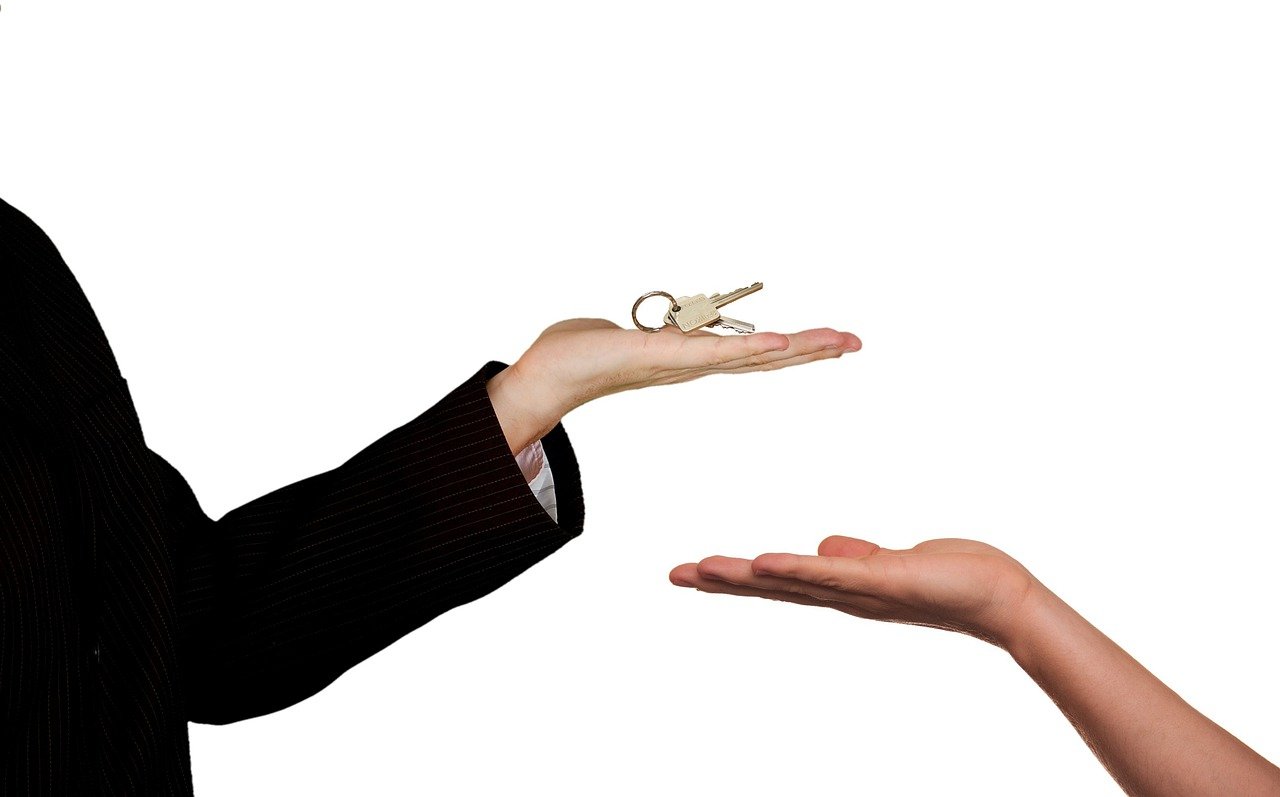
If you are looking to open a brick or mortar business, or move your business to a new location, you will encounter a commercial lease. These multi-page documents full of legal language are as varied as snowflakes. Some are short. Some are over 30 pages. Others have one page summaries that are super helpful to review. While others leave us wondering if the landlord is deliberately trying to hide information.
That said, every lease can be narrowly categorized based on what the tenant is ultimately responsible for. This could include a base rent determined by a price per square foot, metered or lumped together utilities, and additional costs incurred by the landlord. Depending on what the tenant has to pay for, the lease becomes one of three types. It is important to understand these three types and what kind of lease you are considering.
3 Types of Commercial Leases
- Gross Lease: The most basic and straight forward type of lease is the Gross Lease. In this type of lease, the tenant pays one lump sum each month. This lump sum can include everything from base rent and utilities, to landlord costs like property insurance. Instead of breaking out each expense and adding it to the base rent, the landlord determines a ”gross” amount that should cover everything. This kind of lease is most favorable to the tenant because it allows the tenant to predict a flat monthly expense and doesn’t generally vary during the term of the lease. However, it may cost the tenant more in the end because the landlord is predicting increases in costs over the term of the lease and the market fluctuates.
- Net Lease: The most common net lease is the Triple Net Lease. However, there are Single and Double Net Leases. In a net lease, the landlord breaks out various expenses and adds them to the base rent. For example, a triple net lease will require the tenant to pay base rent, utilities, property taxes, and building insurance. Each year, the landlord will asses increases and decreases in costs over the previous year, and the tenant’s total monthly rent will vary year to year. Some tenants prefer net leases because the base rent will be less, the other costs are transparent, and it can give the tenant more freedom and control over maintenance issues.
- Modified Gross Lease: Perhaps the least common is the Modified Gross Lease. Here, the landlord and tenant negotiate over which costs the tenant will cover. The tenant will pay for base rent, of course. However, beyond that, the tenant and landlord will negotiate over common area fees, maintenance, utilities, property taxes, insurance, and other costs. The end cost to the tenant will be a gross payment, like the Gross Lease. This gross payment typically does not vary year to year. If costs decrease for those items covered by the tenant, then the landlord comes out ahead. If the costs increase for those the landlord has to cover, then the tenant comes out ahead. This is often the favored type of lease only for those sophisticated and experienced business owners.
What Kind Do You Have?
Making sure your lease is one type over another isn’t that important. What is important is that you fully understand your commercial lease, what you are agreeing to, and how much you will be paying. At Gym Lawyers PLLC, we offer services that will review your commercial lease and make sure you understand what you are signing, BEFORE you sign.



